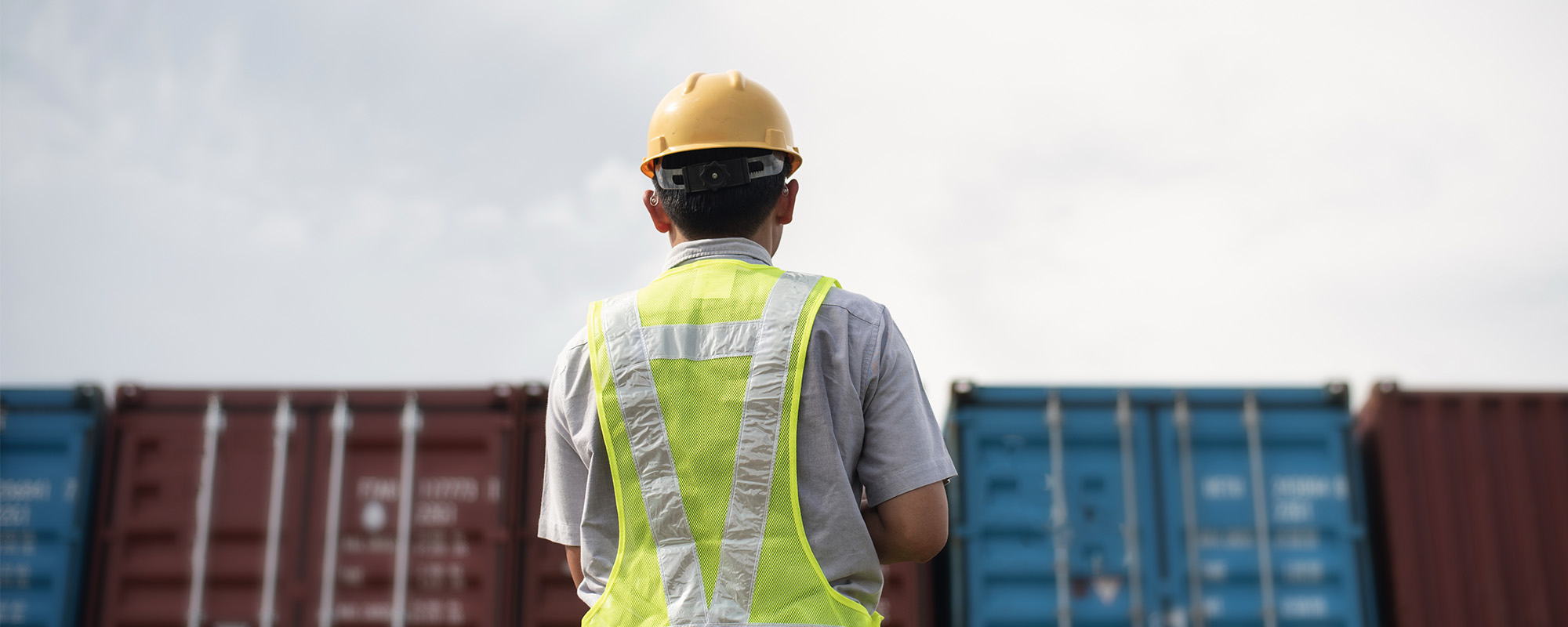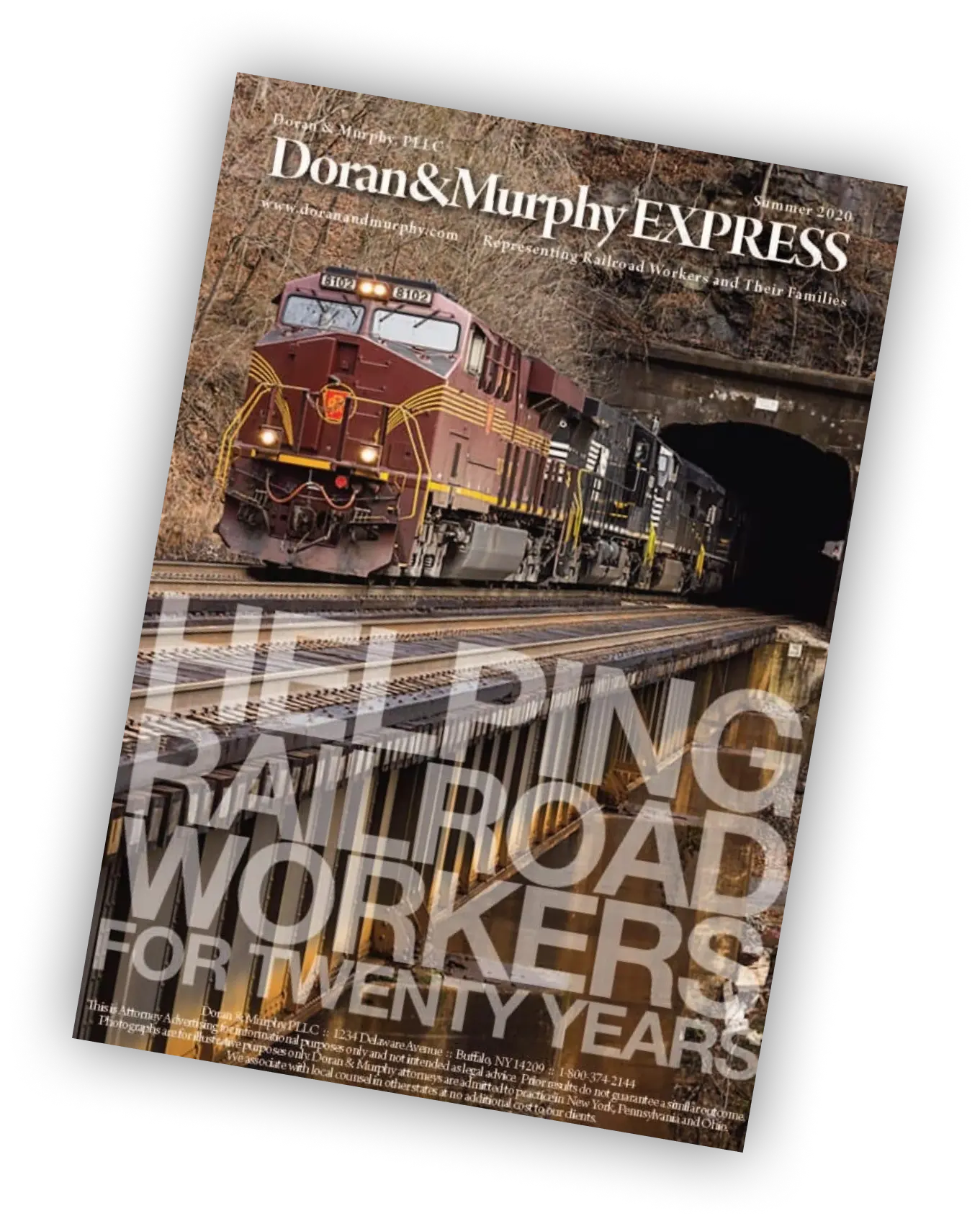
Back injuries are perhaps the most common injuries among railroad workers. The human back is made up of a mass of muscles, bones, ligaments, and tendons that allow an individual to bend and lift heavy objects. Back injuries can result from lifting, stretching, and over-extending. The injury can be a sprain, strain, herniated disk, or even a fracture. These injuries can be life-changing. The pain and debilitating nature of these injuries can lead to lost time from work, hospitalizations, surgeries, and disability.
Railroad back injuries were so common at one time, there is a disease named after it. “Railway spine” is a condition described in the medical literature as back pain and symptomology without objective evidence of injury. It has been described as a back condition caused by inflammation of the spinal cord, usually due to overuse. It is a condition usually caused by excessive bending, stretching, pulling, pushing, and lifting. As railroad workers know, all of these are common in railroad work.
The American Association of Railroads (AAR) has studied back injuries among railroad workers for decades. Recognizing that railroad work could lead to back injuries, railroad entrance-to- service physical exams often included back x-rays in order to provide the railroad with a baseline for the condition of a new employee’s back. Railroad rule books are filled with rules on lifting, bending and the proper movements of heavy objects. Nonetheless, railroad workers still injure their backs and it happens often.
Whether you work as trackmen, conductor, engineer, carmen, or machinist, the work often involves walking on uneven surfaces, including track ballast, bending, lifting, and working in awkward positions. Back injuries can result from all these railroad jobs.
The attorneys at Doran and Murphy are here to help. If you work for the railroad and have suffered a back injury, call us to discuss your specific circumstances.





